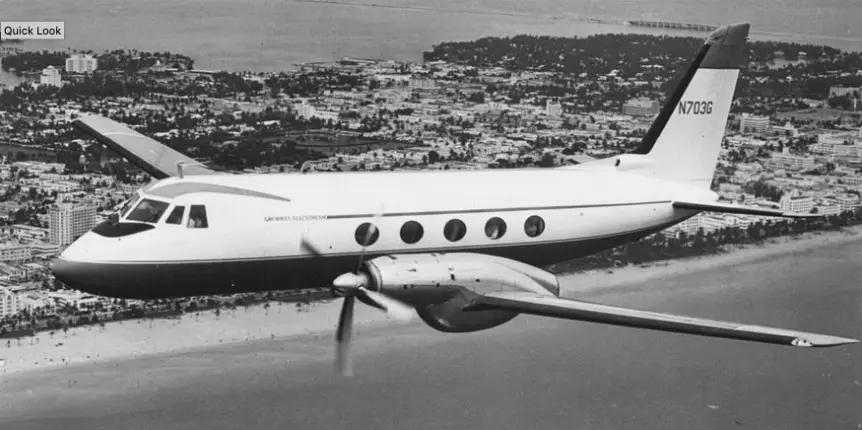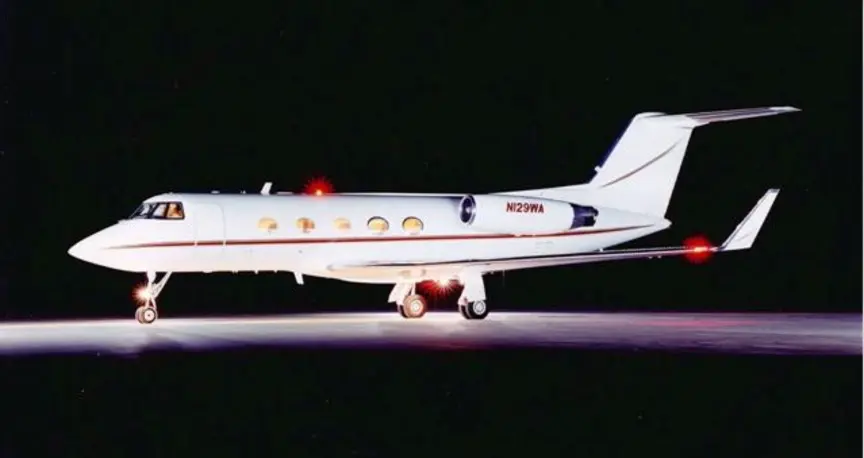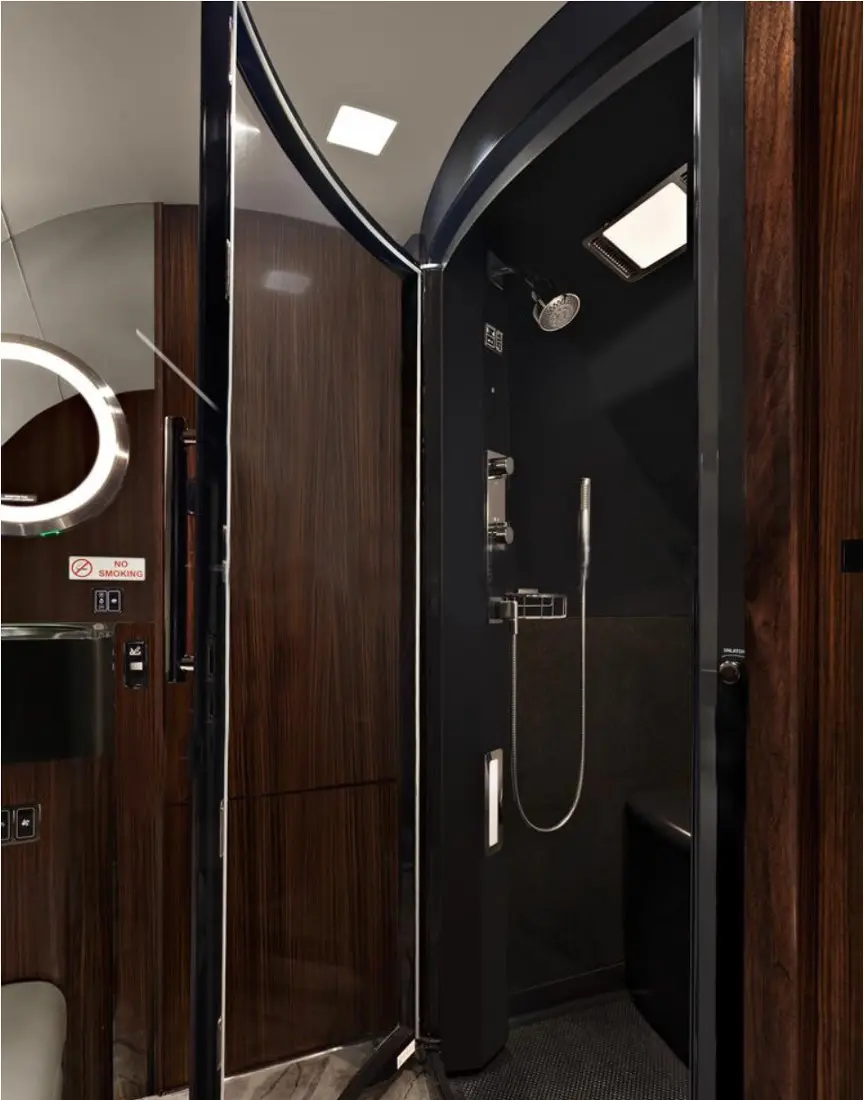
So now we have the latest iteration of the digital fly-by-wire family of Gulfstreams, the G800, entering service (hopefully) later this year.
The G800 is borrowing from a similar (and very successful) concept during the early years of Gulfstream development.
Gulfstream GII and GIII history
Having brought to life the successor to the turbine-powered GI (Rolls-Royce Dart engines), the first of the Rolls-Royce Spey jet-engined Gulfstreams, (the GII), Gulfstream then followed with the much longer range Gulfstream GIII.

The venerable Gulfstream GI
Speaking of the GII; the Rolls-Royce Spey engine shared the same core and basic design as its fighter jet iteration, the McDonnell Douglas F4 Phantom (or “toom” as they were colloquially known).
The noise footprint of the Spey engine (without those pesky stage II hush kits) was music to any pilots’ ears. Unfortunately the ear-splitting decibel level at full power (think take-off roll) was all too much for those living / working within a mile or so of any sizable airport with an asphalt runway.
The GII could barely make it westbound across the US from east coast cities (eastbound was no problem), whereas the GIII could easily fly any east/west coast city pairs…and beyond.

The GII; variants offered tip tanks, winglets and stage III hush kits
We once flew a GIII from Teterboro NJ to Sal, Cape Verde Islands in the South Atlantic, then on to Jo’burg via Windhoek….at night !
The GIIB Explained
Then came the Gulfstream offering for those whos pockets were not quite deep enough for a GIII…enter the GIIB. The Gulfstream GIIB was a GII fuselage mated to a GIII wing…hence the “déjà vu” alluded to in the headline. Much like the G800 over the G700, the GIIB had more range than a GIII and was a significantly cheaper acquisition. Therefore GIIB became a victim of its own success…GIII sales slowed until Gulfstream cottoned-on to the anomaly and the GIIB modification was halted after producing in the low-forties GIIB examples.

The Gulfstream GIIB; one less window than a GIII but with the GIII wing.
Gulfstream G700 and G800 major differences
The Gulfstream G800 will employ the shorter G650 fuselage and mate it to the G700 wing and like the GIIB / GIII engines (Rolls-Royce Spey), the G800 will adopt the latest variant of the Rolls-Royce Pearl engine as installed on the G700…sound familiar?
The Latest Gulfstream options
This model line-up then begs the question of whether buyers will go for the slightly smaller cabin of the G800 versus the G700, at the same time trading cabin volume for more range? If the history of the GIIB and GIII models is any indication of buyer preference, the G700 order book may well start to look a little thin.
Did anyone mention that the G800 will also be (base-price) cheaper than the G700? “Cheaper” being a relative description when we’re talking seventy million plus (into the higher $70MM’s with certain self-indulgent upgrades).

The flagship G700; two more windows than the G800
To Shower or not to Shower ?
One last observation with reference to the aforementioned self-indulgent “upgrades”; we’ve recently been selling a brand new G700, (https://www.aviatrade.aero/private-jet-for-sale/2024-gulfstream-g700/)
Curious enquirers had initially dismissed this exquisite custom G700 because it doesn’t have a shower.
Aviatrade has a past client who wanted a shower in his Gulfstream G650 (against our advice). That G650 shower was used maybe a couple of times before being adapted for additional baggage space or leftover catering storage.
The main reason is as follows; the average personal shower uses approximately 17 gallons of water. The total freshwater capacity of these Gulfstreams is a mere 40 gallons. Therefore it doesn’t take too much imagination to conclude that after regular galley and bathroom water usage, there’s not much H2O left for those long hot showers !

Gulfstream G650 shower (aka additional baggage storage) installation
Showers aside, the customer absorption rate of these two new industry-leading, state-of-the-art bizjets (G700 & G800) will be interesting to watch.


